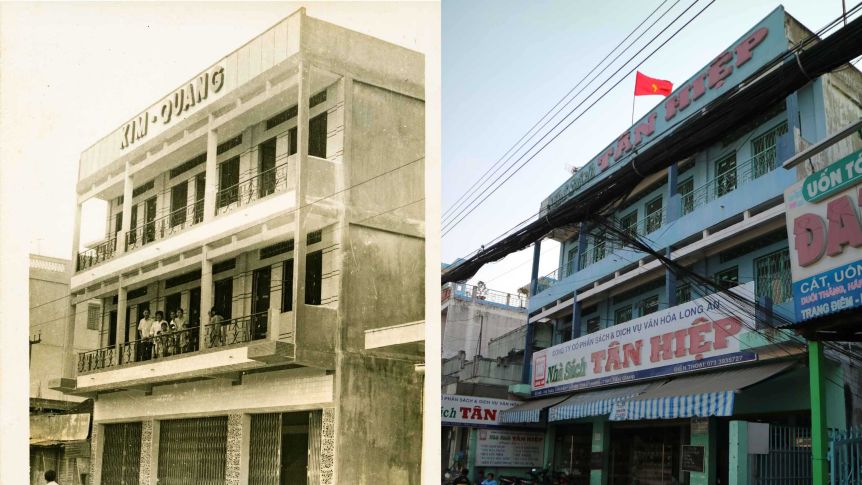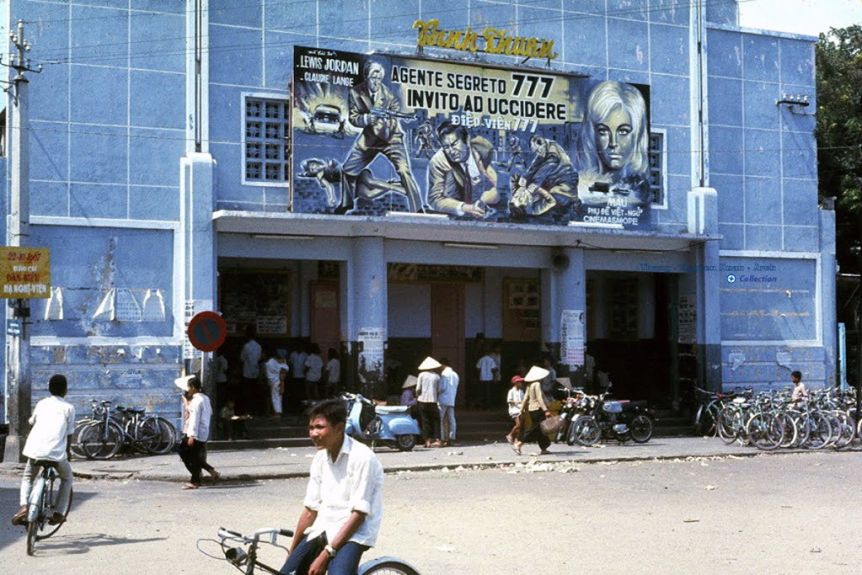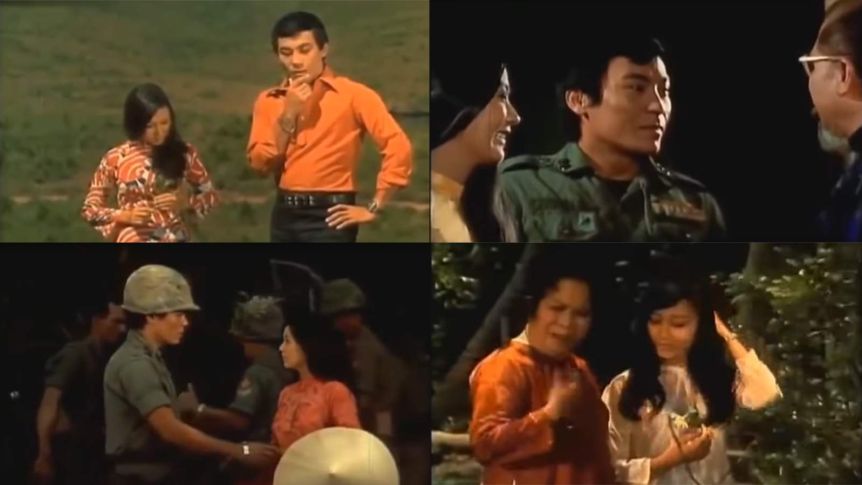
Radio, Writing
The Lost Cinema of Tân Hiệp
2017
The Lost Cinema of Tân Hiệp was first broadcast on ABC RN in March 2017. I wrote an accompanying article for ABC News, ‘In search of Vietnam’s nearly forgotten cinema history', which was republished on Saigoneer.
Full text
In search of Vietnam's nearly forgotten cinema history
Single-screen cinemas were once commonplace on main streets in towns and cities around the world. But the advent of television — and later, VCRs — led to those cinemas being knocked down, repurposed and, only very rarely, restored after a long hiatus.
Sen Nguyen now lives a quiet life in the western suburbs of Melbourne. However, the 70-year-old has vivid memories of her life in South Vietnam, working in her family's cinema in Tan Hiep, a small town 60km south of Saigon.
The Kim Hoang cinema was started by Ms Nguyen's entrepreneurial father in 1955, and operated through the war and into the post-war era. It was established just after Vietnam gained its independence from the French, and as the country was plunged into civil war.
"I know that there was a time [my father] wasn't able to show a lot of films because of the war," she says.
"So he left the cinema and travelled to other places to show films.
"He hired other cinemas in bigger towns where there were audiences, because we lived in a district that wasn't safe and people were afraid to go out at night."
During the country's civil war, cinemas screened films from across Asia and the WestBoth at home in their family-run cinema in Tan Hiep and away in other towns her father screened films from across Asia and the West.
Films from different parts of Asia resonated with regional audiences in particular. This was in contrast to Saigon, where there was a bigger appetite for English language films such as westerns.

During the country's civil war, cinemas screened films from across Asia and the West.(Flickr: Tommy Truong79 (CC-BY-2.0))
During the 50s and into the early 60s, Vietnam was a key market for Indian films. By the 60s, films from Hong Kong were in high demand. Hong Kong's booming film industry successfully exported its titles across South-East Asia, particularly to countries with large Chinese expatriate communities like Vietnam.
In the war era, a wide range of films were able to be screened in South Vietnam, though there were strict censorship laws regarding morality and political content. The local film industry also started producing films that drew in large audiences, with many featuring war-related narratives.
The Kim Hoang cinema was where Ms Nguyen raised her two children, Kevin and Caitlin. Now adults in their 40s, the two have fond memories of their early years, reinforced by family stories and a large collection of old family photos which their parents brought to Australia. However, their memories of Vietnam are of life after 1975, when the Communist Party of Vietnam had already come into power.
"We used to watch a lot of Eastern European movies from the Czech Republic, Russia, Poland — and most of it was fantasy," says Kevin Nguyen.
In the post-war era, the Kim Hoang cinema could only show films approved by the communist regime. Along with films from Eastern Europe, Vietnam imported the practice of voice-over interpretation, in which a live script is read over the original track, instead of using subtitles.
"I was in my first year of university when 'liberation' occurred," says Hue Nguyen, Sen's youngest sister. "Everyone studying law was transferred over to teaching, but I didn't like it — so I quit."
The communists let Hue study voice-over interpreting for three months in the city. Then she returned to Tan Hiep. "I learnt how to dramatise a script and how to act; the script was already translated and I just needed to follow along," she says.
Under the new regime, takings from the cinema were shared between the family and the government. Eventually, around 1980, the family formally handed over their cinema to the government, which took ownership of all cinemas in the country.
Years later, the Nguyen family would hear of other cinema owners applying to have their old businesses returned to their ownership.
"I'm not sure if they were successful," Hue says. "For us, I figured there wasn't much point as my father had died."
There are still some state-run cinemas in Vietnam today — particularly those restored in the bigger cities — but most were run into the ground long before the advent of modern cineplexes.
After years of governmental neglect, the Nguyen family's cinema in Tan Hiep eventually became a large bookshop, with little trace of its celluloid history.
The Nguyens have no plans to resurrect the cinema, as others have done.
"There's no one left, anyway," Hue Nguyen says. "Some of my brothers and sisters left and live in foreign countries, and the ones that remain behind are in their 80s. I don't think I have the capacity to run a cinema again."

Like many local films, the romantic Nắng Chiều, made in 1971, featured a military narrative.